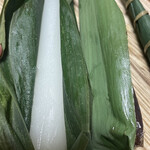
とらや 大丸京都店
Toraya
3.06
Kawaramachi, Kiyamachi, Ponto-cho
「Japanese Sweets」
--
--
Opening hours: 10:00-20:00 Open Sundays
Rest time: Open daily Open hours and holidays are subject to change, so please check with the store before visiting.
京都府京都市下京区四条通高倉西入ル立売西町79 大丸京都店
Photos
(20)

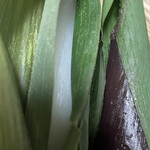
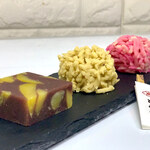
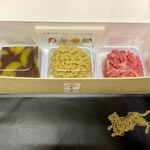
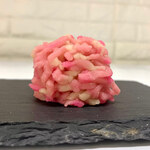
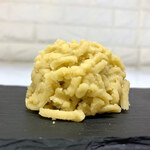
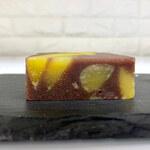
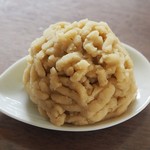
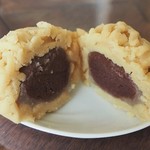
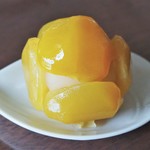
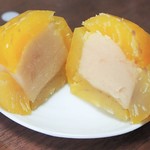
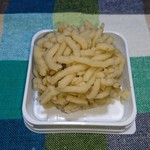
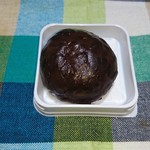

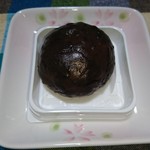
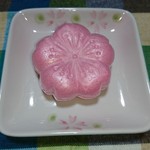
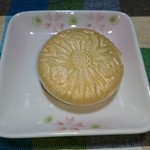
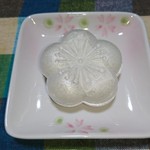
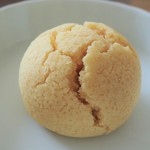
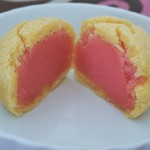
Details
Reservation Info
can be reserved
Payment Method
Credit cards accepted
Electronic Money Accepted
Private Dining Rooms
None
Smoking and Non-Smoking
No smoking at the table
Parking
Yes
Shijo Takakura Parking Lot, Daimaru Higashinotoin Parking Lot, other contracted parking lots available
Comments
(20)
ke-kochin
3.60
The yokan and monaka have a refined sweetness from the red bean paste. The monaka has a crispy outer layer and a rich red bean paste filling. The yokan also has a subtle sweetness from the sugar, with a smooth flavor. There are various flavors like black tea and matcha, but the "Yoru no Ume" is my favorite as it truly captures the essence of yokan.

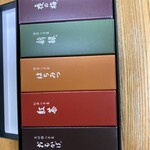
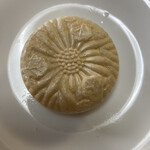
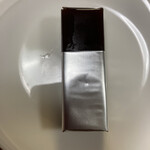
mio_wagashi_love
4.30
Today I bought the "Natsugiku" from Toraya at Daimaru, as they have introduced a new type of wagashi. It was slightly unusual with its outer layer made of millet, but it paired well with the white anko inside and was delicious (*¯꒳¯*) This place is definitely worth the slightly higher price. I would like to try other wagashi here as well!
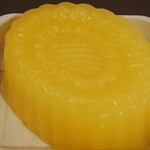
☆マギー☆
3.60
Zongzi is sold as a talisman for warding off evil during the Gion Festival in Kyoto, and it is hung at the entrance as an inedible charm. In addition to the Gion Festival season, I purchased zongzi for the Children's Day festival. The set of three zongzi costs 1,394 yen. There is no option for individual purchase.
- Yokan Zongzi: A combination of kudzu and red bean paste. This one is the winner!
- Narcissus Zongzi: Enjoy the smooth texture of kudzu. Surprisingly sweet from Tsuruya Yoshinobu.
- Goyour Zongzi: Steamed zongzi made with sugar and new flour. This one is a common type, but still delicious. It comes with an extra sheet of bamboo leaves and has a good aroma. Tsuruya Yoshinobu's goyour zongzi is impressive.
I think Tsuruya Yoshinobu is good at making red bean paste. The yokan zongzi is the most delicious. The other two types were too sweet for zongzi. If they were sold individually, I would only buy the yokan zongzi.
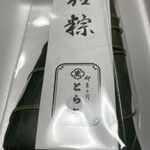

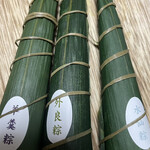

千本桜はんひち
3.60
My daughter has been busy coming home, going to Toyonaka, and visiting Kyoto for a few days. She seems just as busy as me. When she comes back here, she meets friends and attends events, keeping herself occupied. I asked her to bring back some snacks when she went out. If possible, I requested for some Kinntan from Kinton. She bought some wagashi from Toraya, which was the spring version of Kinntan. Even though Kinntan is usually enjoyed with matcha, my daughter preferred houjicha, so I made it for her. Inside the Kinntan, there was a mix of white bean paste and strained bean paste, which was delightful. It was delicious, just like the ones from Toraya.
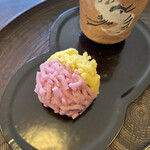

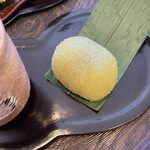
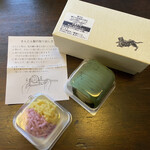
美味しい林檎
4.00
I like Toraya, a traditional Japanese confectionery shop in Kyoto. Their "Inoshikamochi" for 486 yen is made of rice cake dough mixed with kinako (roasted soybean flour), dried persimmon, and sesame seeds, wrapped in sweet red bean paste. It has a subtle sweetness and pairs perfectly with tea. Another favorite is their "Kosamegiku" for 486 yen, a beautiful kiku (chrysanthemum) shaped yokan (sweet jelly). It looks as good as it tastes. Toraya is famous for their yokan, but their wagashi (Japanese sweets) are also delicious. The combination of yokan and wagashi is amazing.
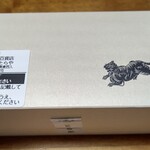
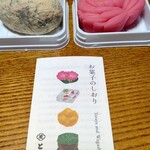
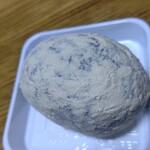
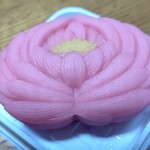
えりりんこ
3.70
Toraya, a traditional Japanese confectionery maker founded in Kyoto, is well-known for their products in department store basements. My mother is a huge fan of their yokan, especially the one made with black sugar. Did you know that Toraya also has a store in Paris? They have been selling Japanese sweets there for 40 years now! To commemorate their 40th anniversary, they collaborated with Pierre Herme Paris to create a special wagashi. I recently visited the Toraya store in Kyoto Daimaru and purchased their wagashi, including the famous Ispahan, which was a collaboration with Pierre Herme Paris. The Ispahan was beautifully presented with a delicate balance of flavors and colors. It had lychee and rose flavors, giving it a unique and feminine touch. The other wagashi I tried were the chestnut mochi and chestnut steamed yokan, both of which were delicious and elegantly made. Toraya's wagashi are not too sweet and have a refined taste. If you have the chance, I highly recommend trying their limited-time offerings. Thank you, Toraya, for the wonderful treats!

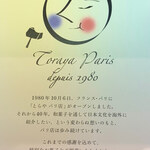
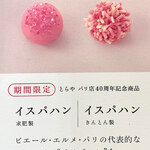

ひさのこ
4.50
If you go to Daimaru in Kyoto, you'll end up stopping by here. They have seasonal wagashi that you can't find in Osaka. This time it's chestnut sweets. I bought chestnut mochi and chestnut kuri yokan. These elegant wagashi are not too sweet and made with high-quality ingredients. Being a long-established store, the taste is exceptional. I look forward to it every time I go.




紫陽花の朝
3.40
I found Ohagi, so I bought some from Toraya for the first time in a while! They had three types of Ohagi: red bean paste, brown sugar paste, and soybean flour. They also had three types of Monaka: red bean paste, white bean paste, and chestnut flour. All of them had a refined taste that was delightful to receive and would surely please anyone if given as a gift. The flavors were impeccable.




black631650
3.40
"I can't believe they used strawberries like this." The new creation I purchased this time is the "Koya" brand's strawberry yokan, which combines red bean paste with strawberries. In the spring, you often see various sweets using strawberries, but most of them are found in Western-style confectionery shops, with only strawberry daifuku being commonly seen in traditional Japanese confectionery shops. So, when I discovered this "Small-sized Yokan with Strawberries" at "Koya," I was honestly surprised. At first glance, you wouldn't even notice that strawberries were used in this yokan. As for the taste, there is no artificial strawberry flavoring commonly used in chocolates, making you wonder if real strawberries were actually used. However, personally, I felt that not using artificial flavorings gave the yokan a gentle and sophisticated taste. Children might say, "Hey, there are no strawberries in this!" but adults, especially those who prefer a slightly less sweet and refreshing taste, are likely to enjoy it. It seems that this yokan is only available until early April, so if you are interested, I recommend visiting the store soon.
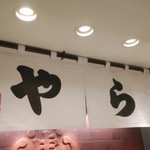
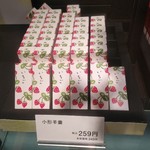
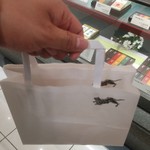
ひさのこ
4.30
I stopped by after visiting the Kyoto Museum of Modern Art. I bought some wagashi from Toraya, which can only be found in Kyoto, not in Osaka. However, the one I wanted was sold out!! Among the available options, I chose a couple of items that were also running low in stock. When something is only available in Kyoto, it makes you want to try it even more. It's delicious and definitely worth the name and price. I wonder what they will have next time I visit? Looking forward to it.


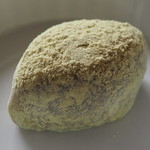
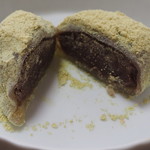
ひさのこ
4.30
After visiting the Gokoku Shrine, I stopped by Daimaru and bought some sweets. I have tried yokan before, but this was my first time trying fresh Japanese sweets. Since it's a famous Japanese confectionery shop, I was curious about the taste. The "Inoshishi no Kaze" was made of firm red bean paste with white bean paste packed inside, instead of mochi. The flavors complemented each other well without overpowering, and it had a satisfying weight to it. The "Gokoushunkishiki" reminded me of spring with its bright sweet potato paste wrapped in soft mochi, creating a gentle and delicious taste. I would love to try more of these exquisite and artistic fresh Japanese sweets that showcase the craftsmanship. It's a shame that they don't sell them in Osaka. Σ(゚д゚lll)(≧σ≦)
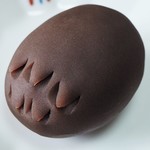
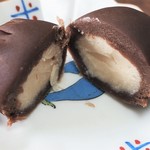
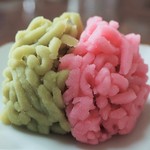
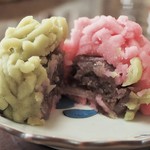
*花より団子*
3.20
I received this as a souvenir. It's a flavor that is only sold in Kyoto, apparently. It's individually packaged, so you can bring back just a few, which is nice since it's not easy to come by. And since Toraya is a top-notch brand, it's even better.
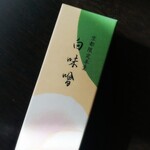
りん1025
3.40
Kyoto has special New Year's traditional Japanese sweets that are only available for a limited time. Many of these shops require reservations, but this year, despite discussing which one to get, I forgot about it...(;^ω^) So, I hurriedly went to a department store with my mother to look for some. There were several shops selling them, and we decided on one! This time, I bought:
- Hanabiramochi x3 for 648 yen each
We went home and enjoyed the New Year's Japanese sweets with my family (^^♪
About the content and taste:
- Hanabiramochi: A mochi made of smooth and soft white miso bean paste and strained bean paste, with soft burdock inside!! The smooth and chewy mochi was surprisingly soft, and the sweetness and saltiness of the white miso combined with the white bean paste created an indescribable deliciousness♪ The unique feature of this sweet is that it contains a little bit of bean paste inside! And the aroma of burdock is just wonderful(*´艸`) It's like a dish rather than a Japanese sweet☆
Overall review:
A Japanese sweet that you'll want to eat even if you have to make a reservation!!(。・ω・。)ノ♡ I don't need to eat many, but if I don't have it at the beginning of the year, I feel like I've forgotten something☆ The sweetness is very mild, so it's also recommended for those who don't like sweet things!! However, because of its unique flavor, some people may love it or hate it!! Personally, I find it irresistibly delicious(*ノωノ) This year, I was so happy to be able to eat it again(^_^)v
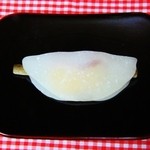
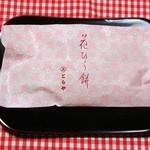
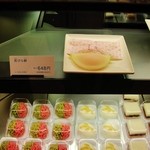
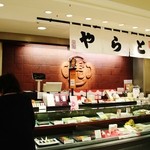
yama-log
3.50
I bought some sweets to serve to guests at home. I purchased "Kyono Yama" made with Japanese sugar at Toraya in Kyoto Daimaru. This sweet treat is reminiscent of the beautiful mountains of Kyoto. Kyoto is surrounded by mountains and the landscape changes with the seasons. The sweets come in two designs, "Spring Cherry Blossoms" and "Autumn Leaves", in red and white colors. When you put it in your mouth, it slowly melts and has a fine texture, elegant sweetness, and a delightful flavor. I could eat many of these at once.
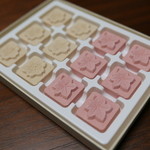
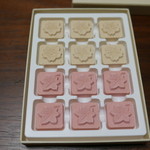
hawks-1
3.10
I have come to Daimaru Kyoto Store in Karasuma, Kyoto. I visited Toraya, which is a bit on the pricier side, but the deliciousness of the sweet bean paste is worth it. Priced at 216 yen including tax, the paste is a mix of white and red beans, intricately made with a perfect level of sweetness. It is truly delicious. Thank you for the meal. Release date: October 2015. Nankaihawks1's Gourmet Guide. Nankaihawks1's blog: http://hawks1.exblog.jp/
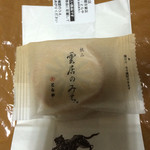
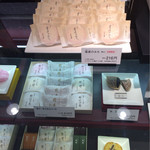
よしぼん44
3.50
While walking through the department store basement, I came across a series of small traditional Japanese sweets with unique packaging. I decided to purchase three small traditional sweets that I had never seen before. According to the description, they are: 1) White Miso (Kyoto Limited Edition) - A Kyoto-exclusive traditional sweet made with Nishikyo white miso, offering a deep flavor. It uses ingredients inspired by Kyoto and is made with white miso from Honda Miso Honten, a miso shop founded in the first year of the Tenpo era (1830) and located near Toraya Karyo Kyoto Ichijo store. Enjoy the smooth taste of white miso. 2) Black Soybean Kinako (Kyoto Limited Edition) - A Kyoto-exclusive traditional sweet with a fragrant flavor of kinako. It uses ingredients inspired by Kyoto, including roasted black soybeans from Kyoto and Ootsuru soybeans. Enjoy the fragrant flavor of kinako. 3) Rum Raisin (Limited to the 35th Anniversary of Toraya Paris Store) - A refined traditional sweet with aromatic rum raisins. Created to commemorate the 35th anniversary of the Paris store. The packaging was specially designed by Philippe Petit-Lorure. While each of them was a bit unique, when it comes to taste, the traditional plum flavor is still the best.
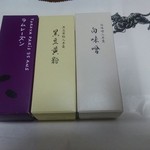
美味しい林檎
3.50
I was wandering around the Depachika (basement food floor) of Kyoto Daimaru. I stumbled upon Toraya's "Botamochi." I realized I had never tried Toraya's Botamochi before, so I immediately purchased it. While Toraya's other traditional Japanese sweets are delicious, the Botamochi was equally delightful. The sweetness of the red bean paste was perfectly balanced, just at the right level where it couldn't be any sweeter. I enjoyed it in just one bite. The kinako (roasted soybean flour) and red bean paste were both excellent in taste. The only downside was that the Botamochi was a bit small.
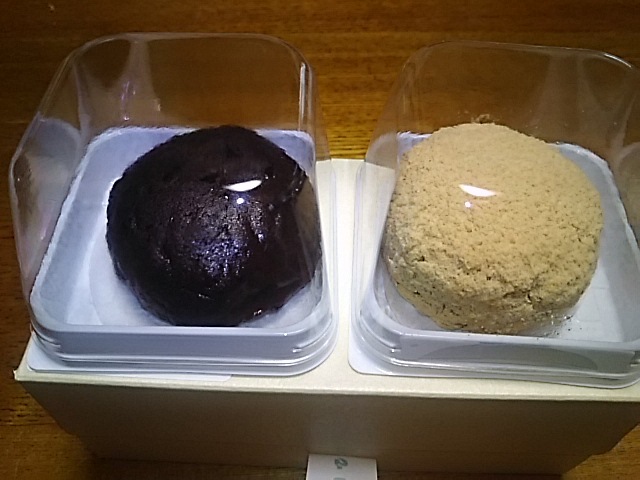
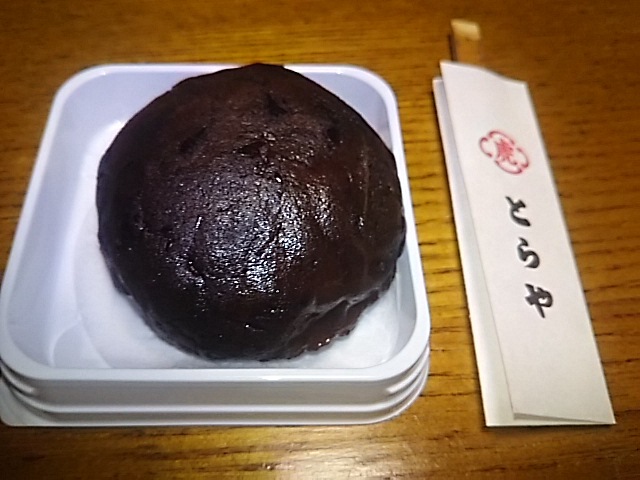
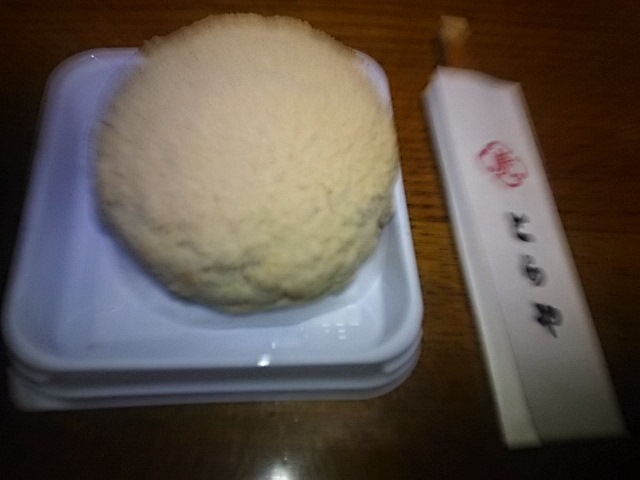
☆み〜
4.00
The taste I received was like a Western confectionery madeleine or financier, using wheat flour and butter, you wouldn't believe they weren't used. The main ingredients are sugar, red beans, egg yolks, etc. There are three flavors: white bean paste is the most Western confectionery-like, matcha is a bit refreshing, and black sugar is just like black sugar. I personally prefer the white bean paste. The texture is light and fluffy, and the sweetness is just right and delicious. The seasonal wagashi "Akebono" is available from September to April. Inside the yellowed shigure, the white bean paste dyed red is rich in egg yolk and the bean paste melts smoothly.
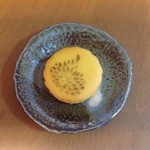
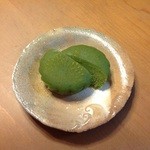
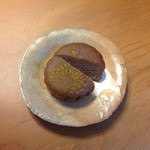
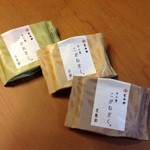
aoniyoshi
4.00
On June 16th, 2013, I purchased Kajoshokai sweets for the Kajoshokai Day. This year, I only bought the Nana Tsumori. It includes various ingredients used in modern Wagashi, such as Nerikiri, Yokan, and baked sweets, but the taste is extremely simple. You can enjoy the refined taste of rice and sugar. I hope to overcome the summer energetically and receive wonderful blessings this year.
On May 5th, 2013, I bought the special Wagashi "Koshin" at Toraya. It is a Wagashi inspired by the change of clothes. The dough is made by mixing rice flour and steaming it, then kneading in Wasanbon sugar and lightly dusting Wasanbon sugar on the surface. The Wasanbon sugar represents a cool silk fabric. The chewy and firm texture is complemented by the elegant sweetness of Wasanbon sugar. I also purchased two other Wagashi at the end of May: "Uzuramaki" and "Midori". Both were delicious and well-crafted, showcasing Toraya's expertise in Wagashi making.
On June 16th, 2012, I purchased Kajoshokai sweets in honor of the Wagashi Day. The Kajoshokai ritual used to be performed in the Imperial Court and Samurai households on June 16th to ward off evil and invite blessings. In commemoration of this tradition, the Wagashi Day was established by the National Wagashi Association in 1979. I pre-ordered and eagerly awaited the "Kajoshokai sweets" for this occasion. The items I bought, including Kajosho Steamed Yokan, Kajosho Manju, and Fukukobako, were all delicious and symbolized good fortune.
Overall, the Wagashi I purchased on these occasions were not only visually appealing but also had a delightful taste that reflected the craftsmanship and tradition behind Japanese sweets.
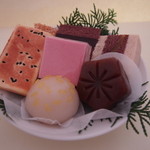
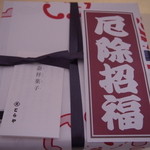
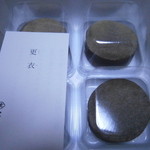
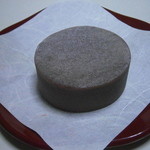
tomoりす
3.50
"Spring of the Imperial Era" is said to be a wish for a peaceful era to continue. It is a cute snack in the shape of plum and cherry blossoms. There are two types of fillings, red bean paste and white bean paste. It is slightly smaller in size compared to Toraya's snacks. The address on the seal is 400 Tonoshocho, Kamigyo-ku, Kyoto City, Kyoto (from a wedding reception gift). I registered it at Daimaru Kyoto store. The snack's skin is not crispy and sticks slightly to the palate. Unlike handmade snacks, it lacks a unique fragrance, but the elegant and cute shape is appealing. I asked my family, "Which one do you prefer?" and white received 3 votes. I used to dislike the skin of snacks when I was young. I didn't like it sticking to my palate, as it reminded me of goldfish scooping. I wonder when I overcame that fear.
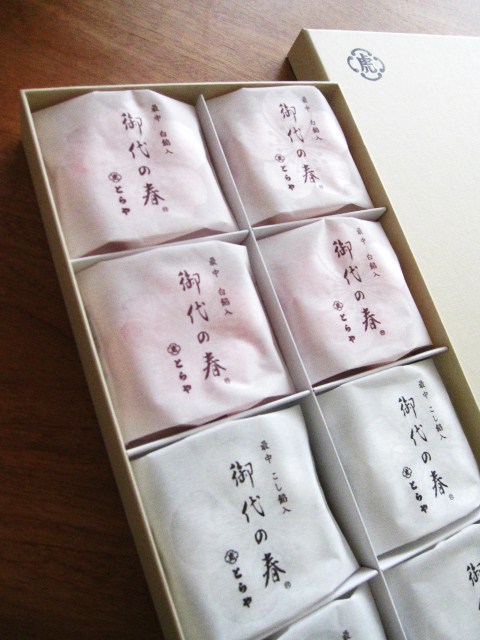
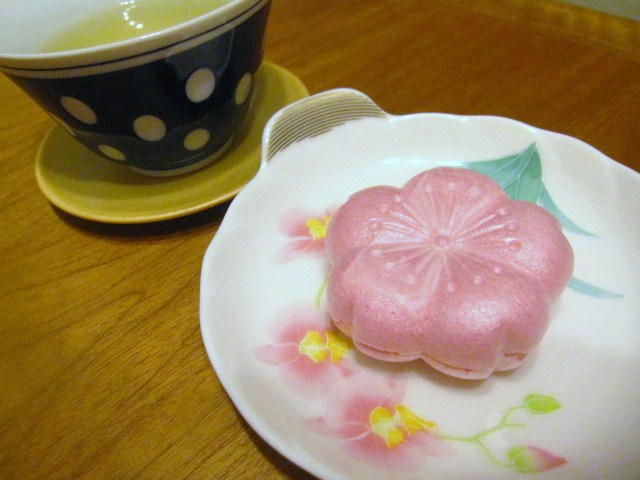

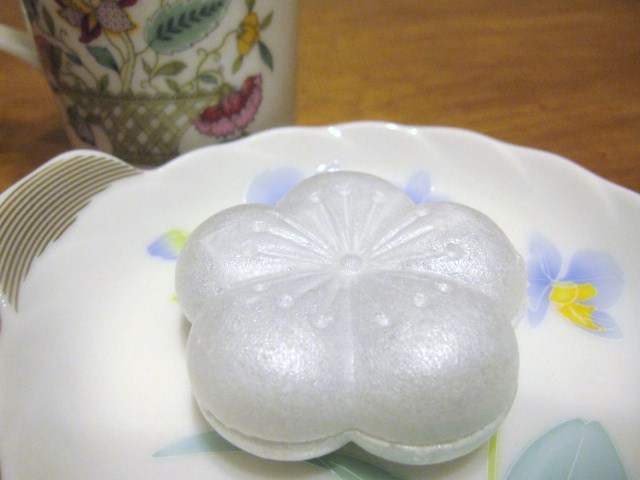
Email Login